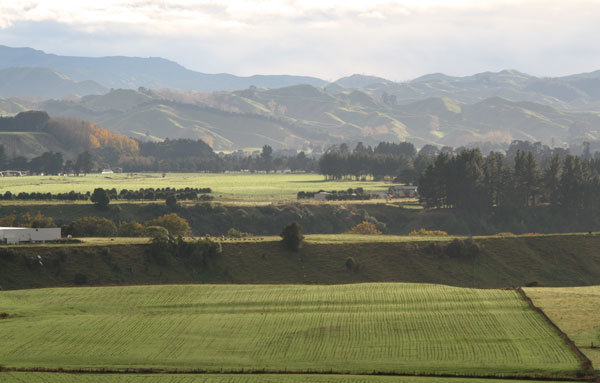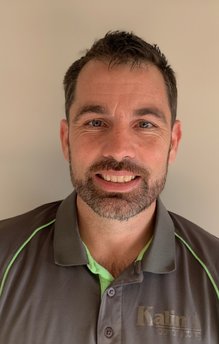Sharp furrows come at a cost
More than eight billion people live on earth today. One invention above all others made that possible. It brought food security to our Neolithic ancestors, and still helps feed the world.
But what if the plough no longer always serves our best interests? Full cultivation can extract a heavy price these days, not least in terms of our reputation as responsible food producers.
Barring breakthroughs yet to emerge, the alternative seems simple. More sustainable, with fewer emissions. Better for both soil and water. Faster. Cheaper.
After 60 years of trial and error in New Zealand, shouldn’t we all be taking a second look at direct drilling?

Scratch the surface
It’s harder. No, it’s easier. It doesn’t work. Yes, it does work. It only suits undersowing. Wrong – it’s great for establishing new pasture. You can do it yourself. No, you need a contractor.
Ask five people about direct drilling new pasture in NZ, and as the saying goes, prepare for at least six contrasting answers!
One theme prevails, however: It’s different. You cannot compare it with full cultivation.
That said, there’s never been a better time to dig in and get to grips with this concept, if only because farm soil disturbance is becoming increasingly regulated. How would your business fare in the future if ploughing was no longer an option?
One and done
Soil structure. Moisture. Labour. Time. Fuel. Money. Emissions. Public perception.
Direct drilling new pasture is already helping preserve some or all these things on many NZ farms as they continue growing enough food to feed our population several times over.
We talked to three people with skin in this particular game about why and how one pass pasture sowing fits the productive, environmental and social needs of 21st century farming.
Each has a different perspective, but all share a single recommendation – know your soil first. Only then can you really benefit from what direct drilling might offer your system.
The farmer
%20-%20Copy.jpg?height=267&width=216)
Rob and Annie Simpson – direct
drilling new pasture is efficient,
economic and reliable.
Plough certain paddocks on Rob and Annie Simpson’s flat, all-grass bull beef farm in Manawatu, and they simply blow away. Wind erosion devours sand country here.
But that’s not the only reason Rob and Annie recently upgraded their direct drill. The farm is 60% clay. Without careful management, 500-700 kg bulls pose enough risk to soil structure to discourage multiple machinery passes in pursuit of a perfect seedbed.
With no staff, and plenty of practice, direct drilling 20-30 ha of new pasture grass to grass every year is efficient, economic and reliable, even more so since the Simpsons recently introduced summer fallows and clover cropping.
“We’re still learning, and there’s definitely room for improvement,” Rob says. “We’ve done a lot of drainage and fertility work here, and you need to get that right first. Good results depend more on the paddock than the drill, but you also need a drill that suits your soil.”
The contractor

Alastair Kalin - it really pays
to know what your contractor’s
machine can achieve.
“Full cultivation jobs are disappearing on well-developed land,” says Taranaki’s Alastair Kalin. “Our direct drilling hectares are up considerably compared to plough or power harrow.
“Farmers are concerned about soil erosion, their environmental impact, and their image. That’s a big part of it.”
Education and outreach have helped, as has ever-more sophisticated machinery. Success, Kalin says, lies in a solid partnership between farmer, contractor and drill.
“It really pays to know what your contractor’s machine can achieve, and make sure it’s what you want. Ideally there should be just one operator, and the better your communication and relationship with that person, the better your result.”
Remember too there’s a ‘wealth of knowledge out there’, he adds. “If you’re interested in direct drilling, you’re not alone! Ask around, talk to other people, find out what’s worked for them, and what hasn’t.”
The engineer

Bill Ritchie with the Novag opener,
which he describes as the soil
engaging business end of any
drill that creates the
seed environment.
Today’s direct drills are technically miles ahead of their predecessors. But it’s still vital to recognise the job asked of them is often much more complex than it might seem, says veteran ag engineer Bill Ritchie, Carrfields.
After decades of experience, he remains as dedicated to no-till seeding as ever. He agrees talking to farmers who have successfully implemented it for new pasture is a great place to start, closely followed by seeking out the most appropriate technology available.
“If you have a nice level paddock, with good, consistent soil structure, no stones and good fertility, you can get a good result from a relatively simple piece of technology.
“But as soon as the variables increase, it becomes harder for the drill to deliver consistent results. The more challenging your conditions, the more sophisticated technology you’ll need.
“It comes back to first principles. What is going to give you the best result in terms of establishing strong, vigorous plants that have the best chance of survival?”
What next?
No matter how you sow your new pasture, we want you to succeed. For personal advice, book your free Pasture Health Check today


